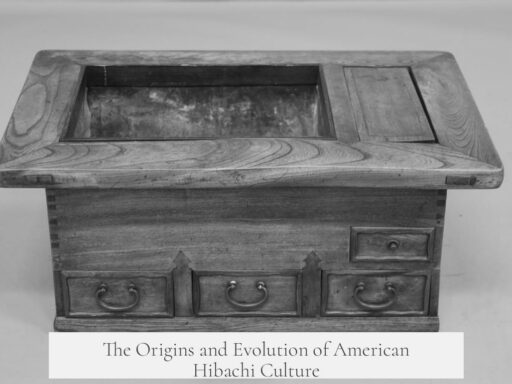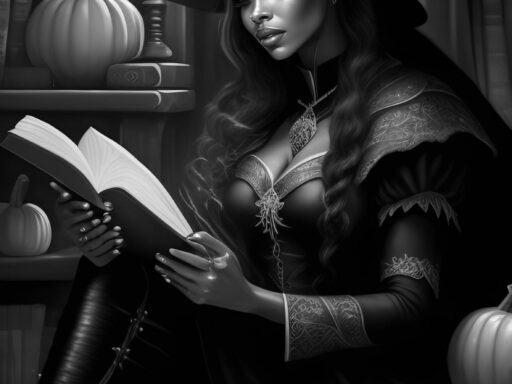There is no credible evidence that William Shakespeare was a black man. Contemporary records and descriptions from his time neither indicate nor suggest Shakespeare’s racial identity was anything but white. His physical likenesses, preserved in art and sculpture, depict him as fair-skinned. These depictions align with historical documentation and eyewitness accounts.
Shakespeare’s funerary bust above his grave, which has undergone restorations, consistently portrays him with light skin. Early descriptions of this monument confirm this appearance. The bust itself is a key historical artifact linking Shakespeare’s image to that of a white man in his own era.
The Droeshout engraving, featured in the 1623 First Folio of Shakespeare’s works, also depicts him with distinctly European features. Created shortly after Shakespeare’s death in 1616, the engraving represents one of the earliest and most authoritative likenesses.
Additionally, the Chandos Portrait, painted before 1610, further confirms Shakespeare’s fair complexion. Despite aging, candle smoke, and light exposure that can darken paintings, this artwork still shows him with light skin tones.
It is important to acknowledge the presence of black Elizabethans in 16th- and 17th-century England. Historical records demonstrate that black people lived, worked, and achieved various levels of prosperity during the Elizabethan period. This context sometimes fuels discussions on Shakespeare’s identity but does not provide proof regarding his race.
Shakespeare did create characters of diverse backgrounds, notably Othello, a Moor, often interpreted as a black man. This character’s racial identity highlights Shakespeare’s engagement with racial themes, but does not reflect his own ethnicity.
- No contemporary sources identify Shakespeare as black.
- Artistic representations consistently show him as white.
- Black individuals lived in Elizabethan England, but Shakespeare’s identity was distinct.
- Shakespeare’s writing includes complex racial characters like Othello.
Was Shakespeare a Black Man? Unraveling the Historical Mystery

Was Shakespeare a black man? The short and factual answer: No, there is no evidence supporting that claim. Still, the question pops up often and deserves a thoughtful look. Let’s untangle the facts and spin a tale that’s both interesting and rooted in history.
We start where history ought to begin—at the facts. No contemporary records, from Shakespeare’s lifetime or immediately after, ever described him as black. Elizabethan London had plenty of writers, critics, and everyday folk journaling impressions about personalities and artists. It’s telling that none mention Shakespeare’s race in any unusual way. If he had been black—an extraordinary rarity for the time—you would expect it to be noted. Instead, the records are silent on this point.
Physical Representations: What Did Shakespeare Look Like?
There are a few surviving visual representations of Shakespeare: the funerary bust above his grave, the Droeshout engraving on the famous First Folio, and the Chandos portrait, among others. Each gives us a glimpse into how Shakespeare was viewed or remembered.
- The Funerary Bust: Sitting right above Shakespeare’s grave in Stratford-upon-Avon, this bust was painted and repainted multiple times. Early descriptions consistently report it depicted Shakespeare with light skin. Restoration phases might obscure details, but original accounts did not suggest otherwise.
- The Droeshout Engraving: You’ve seen this one on the First Folio published in 1623, seven years after Shakespeare’s death. It remains one of the definitive likenesses for many Shakespeare enthusiasts. The engraving portrays a man with European features, consistent with a white Englishman of the period.
- The Chandos Portrait: Painted before 1610, this portrait survives with only some darkening from candle smoke and aging. Scholars agree it shows a fair-skinned Shakespeare. The visible signs of age and light exposure tend to darken colors, so any assumption about a darker complexion from this painting would be misleading.
These images together paint a consistent picture. None suggest Shakespeare had Black or African features, which would have stood out and been remarked upon back then.
Black Elizabethans Did Exist, But Shakespeare’s Not Proof of That
Let’s pause here. It’s true that black Elizabethans lived in England during Shakespeare’s time. They ranged from servants to merchants, with some enjoying varying degrees of prosperity and integration. This multicultural facet of Elizabethan society fascinates historians and enriches our understanding of the era.
However, the presence of black people in England at the time does not automatically make Shakespeare one of them. Historians love nuance. Shakespeare was a product of the English gentry in Warwickshire. His family’s records show European descent. The suggestion that he was black is more an intriguing theory than a historical fact.
What About Othello? Did Shakespeare Write Himself as a Black Character?

Here’s where the topic gets interesting. Shakespeare wrote Othello, a play centered around a Moorish general in the Venetian army. The character is likely from North Africa and is depicted with traits understood today as black. Scholars have dedicated entire books to race and identity inspired by this character. Why would Shakespeare create such a figure?
Some posit that Shakespeare’s inclusion of Othello shows his awareness and willingness to engage with racial themes. Others interpret Othello’s storyline as a tragic exploration of prejudice rather than a reflection of Shakespeare’s own heritage. The existence of Othello as a black character in Shakespeare’s works proves Shakespeare was familiar with black people and ideas but not necessarily that he himself was black.
What Can We Learn from These Clues?
The question “Was Shakespeare a black man?” pushes us to reevaluate historical assumptions. It encourages us to celebrate diversity and remember that black people contributed to Elizabethan England’s vibrancy. But it should also remind us to rely on evidence.
Historical evidence, from physical representations to contemporary records, points to a white Shakespeare. Any claim beyond this is speculation without proof. The story of Shakespeare’s life is already extraordinary, packed with genius, creativity, and influence. Adding a false racial identity undermines the complex social context of his era.
Practical Tips for Seeking Historical Truths Like This
- Check contemporary evidence first. If no one of the time mentions a detail as striking as race in Shakespeare’s case, be skeptical.
- Look for primary sources: portraits, writings by peers, and official records.
- Bring a critical eye to theories lacking solid proof. Fascinating stories must stand up to facts.
- Appreciate black Elizabethans for who they were without conflating them with unrelated figures.
In Closing: Embrace Facts, Not Myths
So yes, Shakespeare was not a black man, but he did pen one of literature’s most famous black characters, Othello. The idea that Shakespeare was black ignites important conversations about race, identity, and representation. But the real Shakespeare, the man behind the quill, remains firmly rooted in documented history as a white Englishman.
History thrives on facts. And sometimes, the truth can be more captivating than myths. So the next time someone asks you—“Was Shakespeare a black man?”—you have the facts, the portraits, and the sharp humor to set the record straight with style.
In exploring Shakespeare’s world, we also glimpse a diverse Elizabethan England, where people of all colors played roles, however small or large. That reality deserves celebration too.
Fancy a deeper dive? Grab a book on black Elizabethans and race in Shakespeare’s works for a rich, nuanced journey. But always remember: questioning history is good. Distorting it for allure? Not so much.




